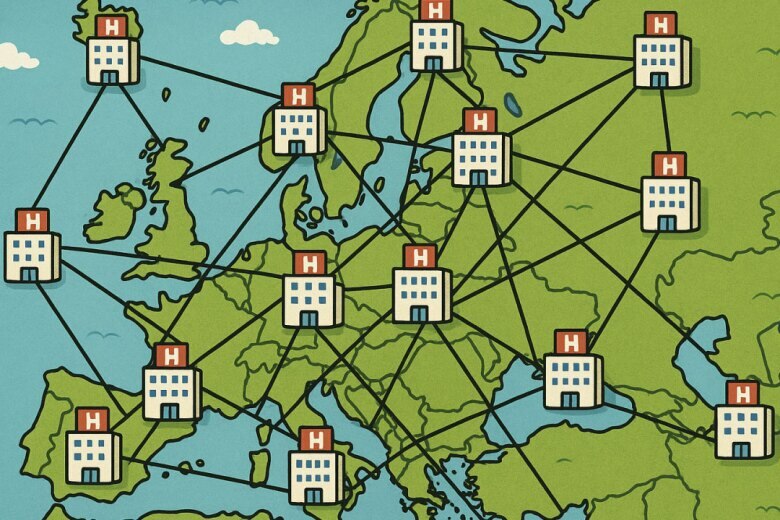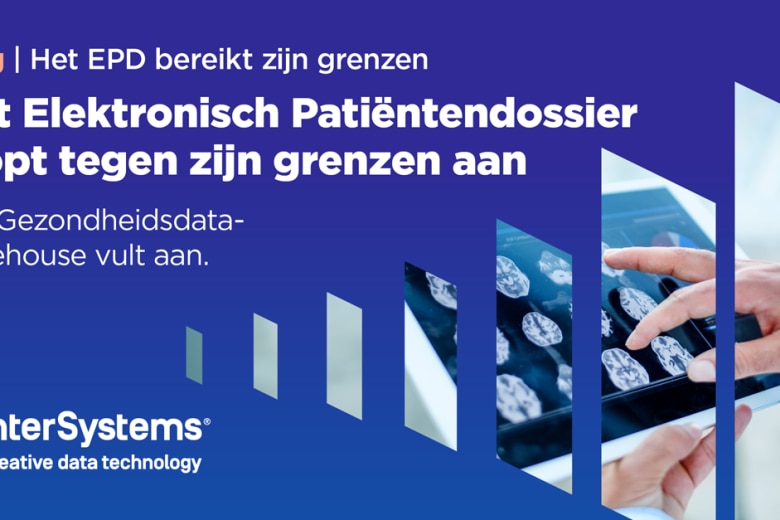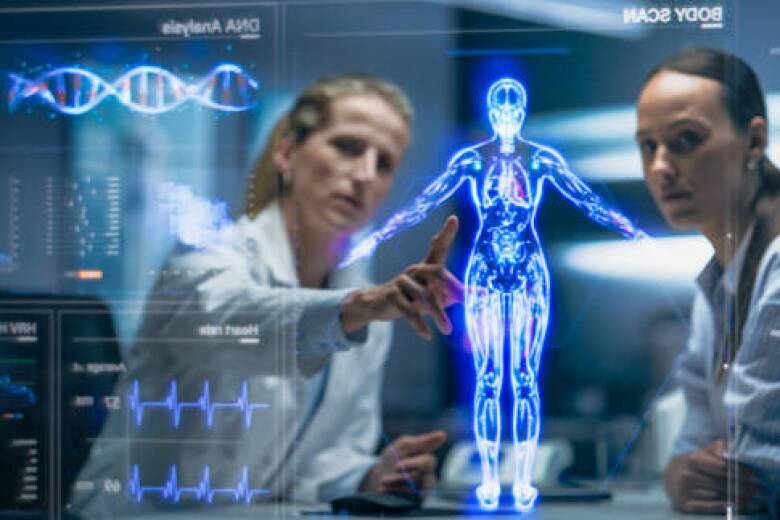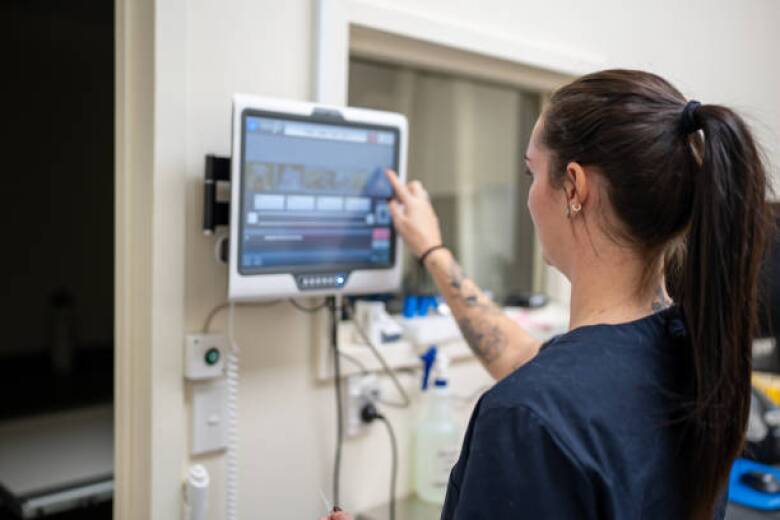The healthcare industry is undergoing a digital transformation that is both complex and critical. One of the most significant challenges is the standardization of data models. The OMOP Common Data Model (CDM) is one of the most prominent standards and has the potential to unify and streamline healthcare data. However, implementing OMOP is not straightforward. In this article, we will compare OMOP to the widely adopted FHIR standard.
If you want more information about the FHIR standard, read FHIR: The Future of Healthcare Interoperability.
FHIR and OMOP: the comparison
The OMOP Common Data Model and the FHIR standard are two prominent models when discussing healthcare data standards. Both models aim to standardize healthcare data, but they serve different purposes and come with their own complexities.
The OMOP Common Data Model, developed by the Observational Health Data Sciences and Informatics (OHDSI), is designed specifically for research. It is a patient-centric model that focuses on the representation of patient-level observational healthcare data and its organization into a standard format. The model is complex and requires expertise to implement, as it involves the mapping of data from diverse sources into a unified structure. This complexity can be a barrier to adoption for many organizations, but it also ensures a high level of data quality and consistency, making it well-suited for research purposes.
In contrast, FHIR (Fast Healthcare Interoperability Resources) is a standard developed with clinical care in mind. It is designed to support the exchange of healthcare information in a more straightforward manner, using a RESTful API for integration. FHIR has gained significant traction in the industry and is supported by a wide range of healthcare organizations and software vendors due to its adaptability and scalability. Its ease of use makes it an attractive option for day-to-day clinical operations, addressing the immediate needs of healthcare providers and patients.
Solutions like InterSystems OMOP Platform are crucial when it comes to connecting FHIR and OMOP. This platform offers easy and flexible ways to change FHIR to OMOP. This makes it easier for healthcare organizations to use the benefits of both standards. As more organizations recognize the value of the OMOP data model for research, its potential for wider adoption continues to grow.
Conclusion
In conclusion, FHIR is optimal for clinical care and has a wide user base, while the OMOP model is distinguished by its research capabilities. Therefore, they serve different purposes and have different roles. With the right tools and expertise, healthcare organizations can effectively combine the strengths of both standards to advance patient care and research initiatives.
In the next article, we will have an even closer look at both frameworks by discussing the outcomes of FHIR x OMOP workshop that took place in September 2024.





































